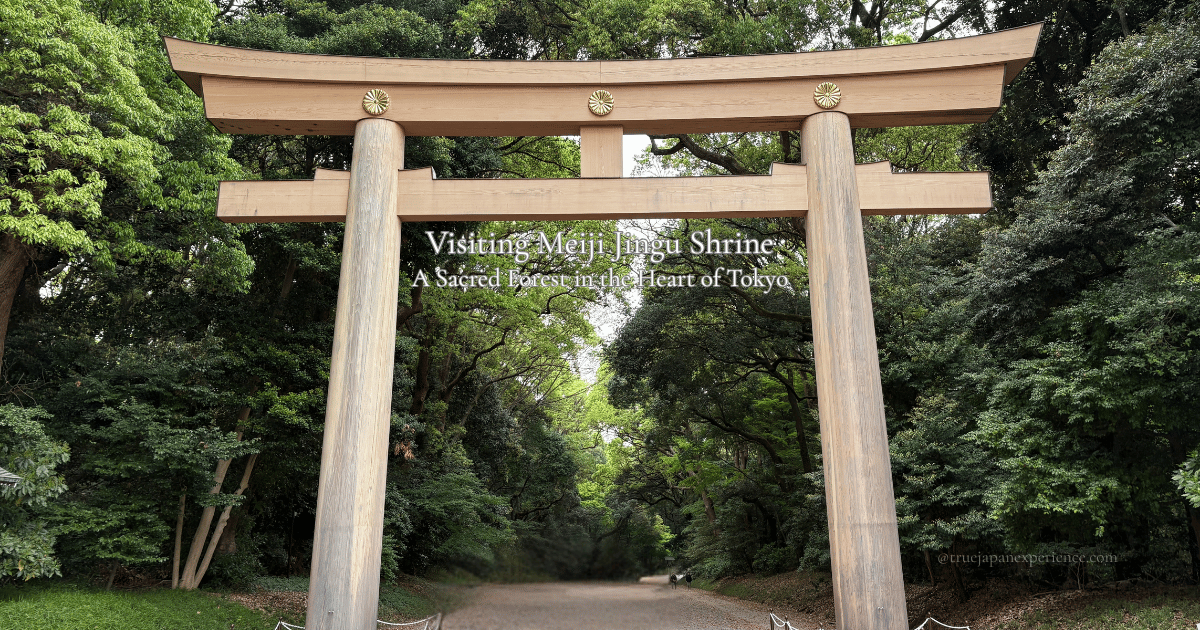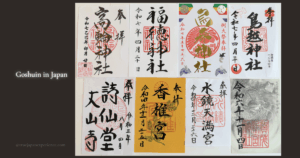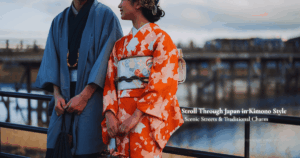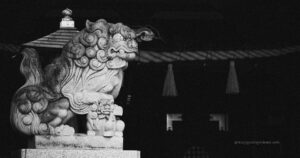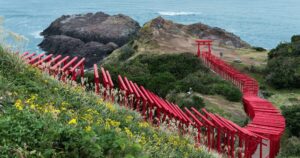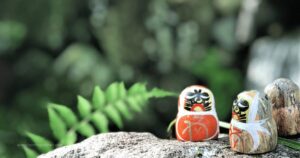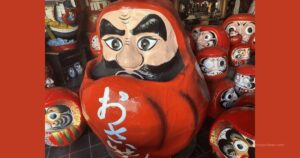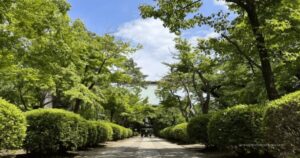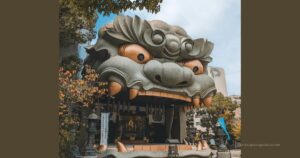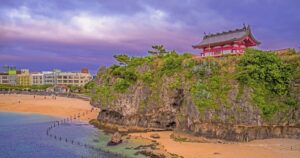Just steps away from the bustling streets of Harajuku and Shibuya lies one of Tokyo’s most serene and sacred places—Meiji Jingu Shrine.
Surrounded by a lush forest and filled with spiritual energy, this iconic shrine offers a deeply peaceful escape in the heart of the city.
Whether you’re interested in Japanese history, nature, spiritual sites, or simply looking for a quiet moment, Meiji Jingu has something for everyone.
The History of Meiji Jingu: A Shrine Created by the People
Unlike many ancient shrines in Japan, Meiji Jingu was established relatively recently in 1920 to honor Emperor Meiji and Empress Shoken, who led Japan’s modernization in the late 19th century.
What makes its origin truly special is that the shrine was created through national donations and public support.
After Emperor Meiji’s passing, people across the country wanted to commemorate his legacy. Their contributions helped bring this sacred site to life.
The Creation of an Eternal Forest
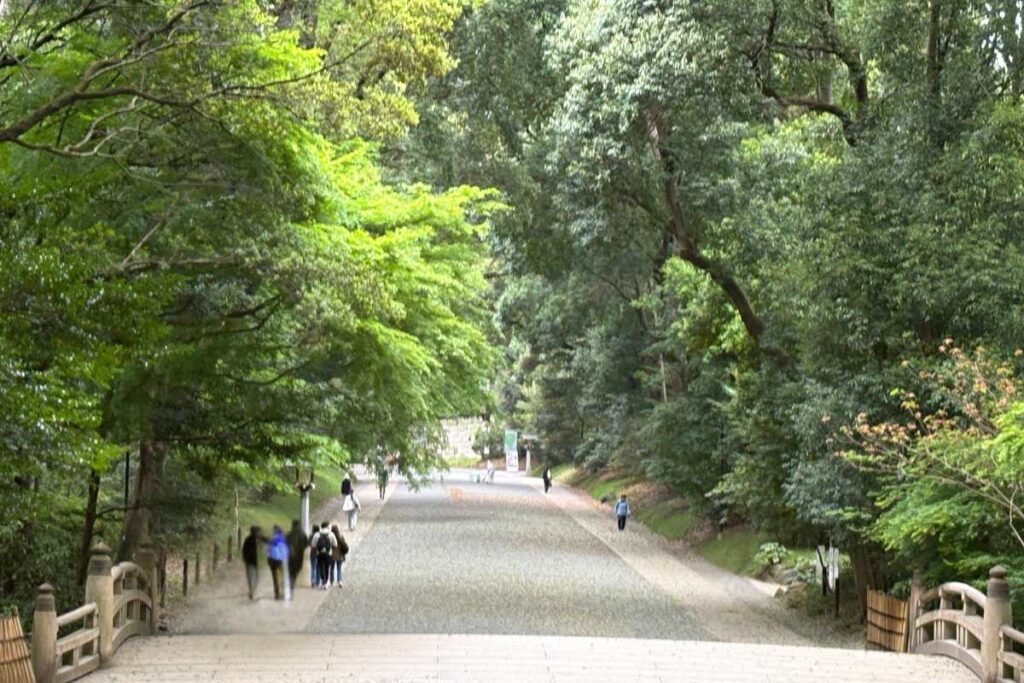
Before the shrine was built, the Yoyogi area was a barren land. But planners had a bold vision—to plant a forest that would last for generations.
More than 100,000 trees were donated from all over Japan and planted carefully to create a natural-looking, self-sustaining forest.
Today, this rich ecosystem is known as the “Eternal Forest”, and walking its gravel paths feels like entering a sacred realm far from the urban noise.
Highlights You Shouldn’t Miss at Meiji Jingu
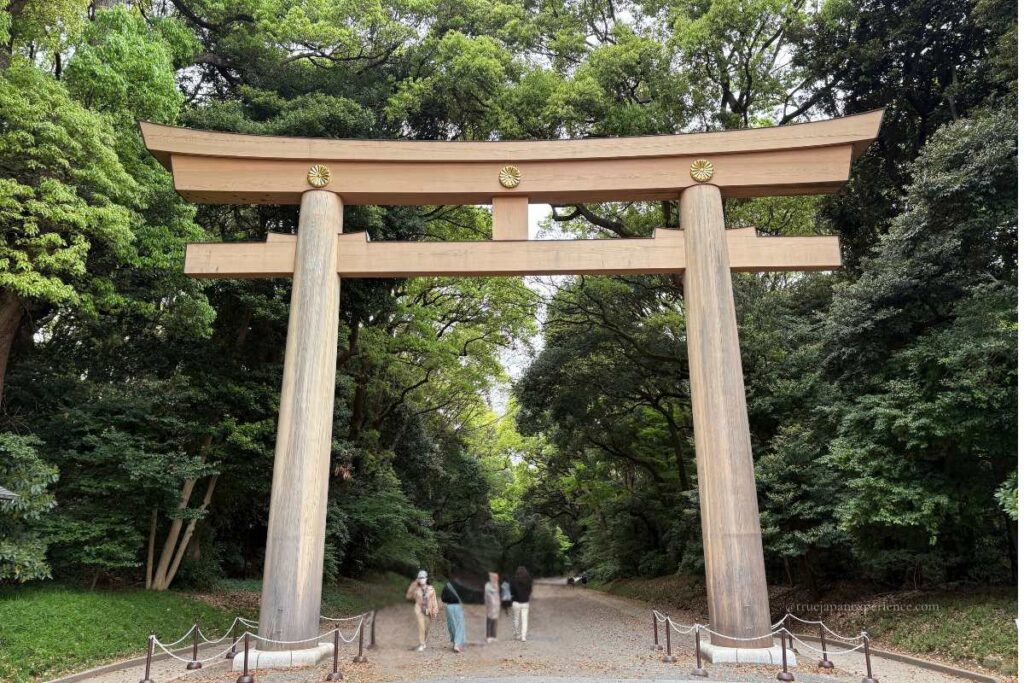
The massive wooden torii gate at the South Entrance – the symbolic start of your sacred walk.
While the entire grounds of Meiji Jingu offer a calming atmosphere, there are several key spots within the shrine complex that you’ll want to be sure to visit.
These highlights showcase the spiritual, historical, and visual richness that makes Meiji Jingu so unique.
・The South Torii Gate
Standing at 12 meters tall and 17 meters wide, this is the largest wooden torii in Japan.
Made from 1,500-year-old cypress trees from Taiwan, it marks the entrance to the sacred forest and is one of the most iconic symbols of the shrine.
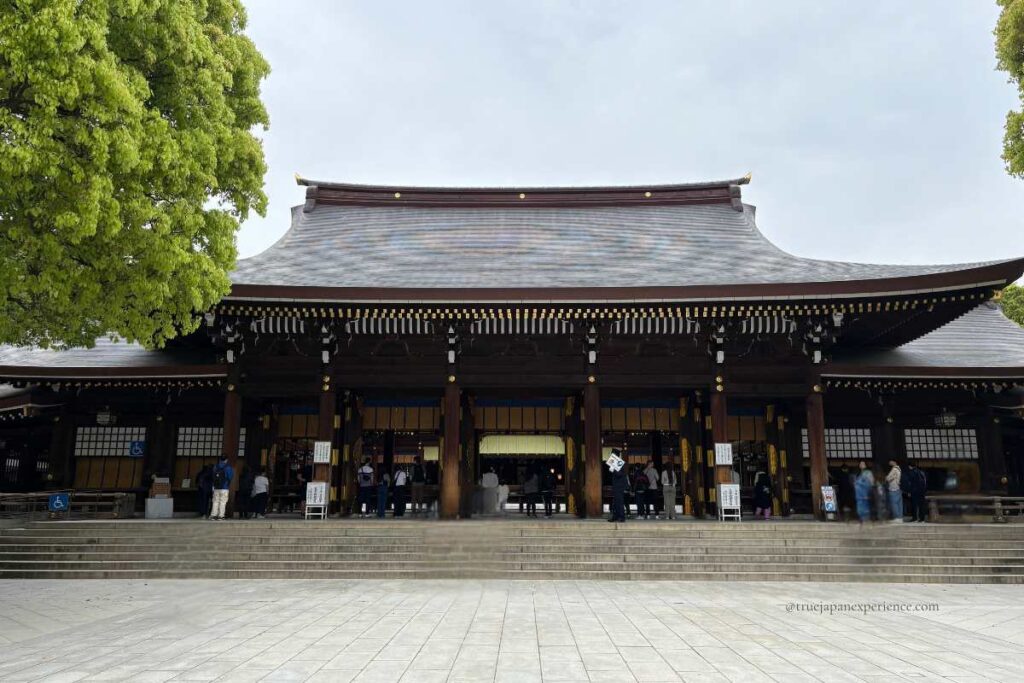
The main shrine building where Emperor Meiji and Empress Shoken are enshrined.
・The Main Shrine (Honden)
Located at the heart of the forest, this Shinto structure is dedicated to Emperor Meiji and Empress Shoken.
The peaceful atmosphere invites visitors to offer a quiet prayer following the traditional ritual of two bows, two claps, and one bow.
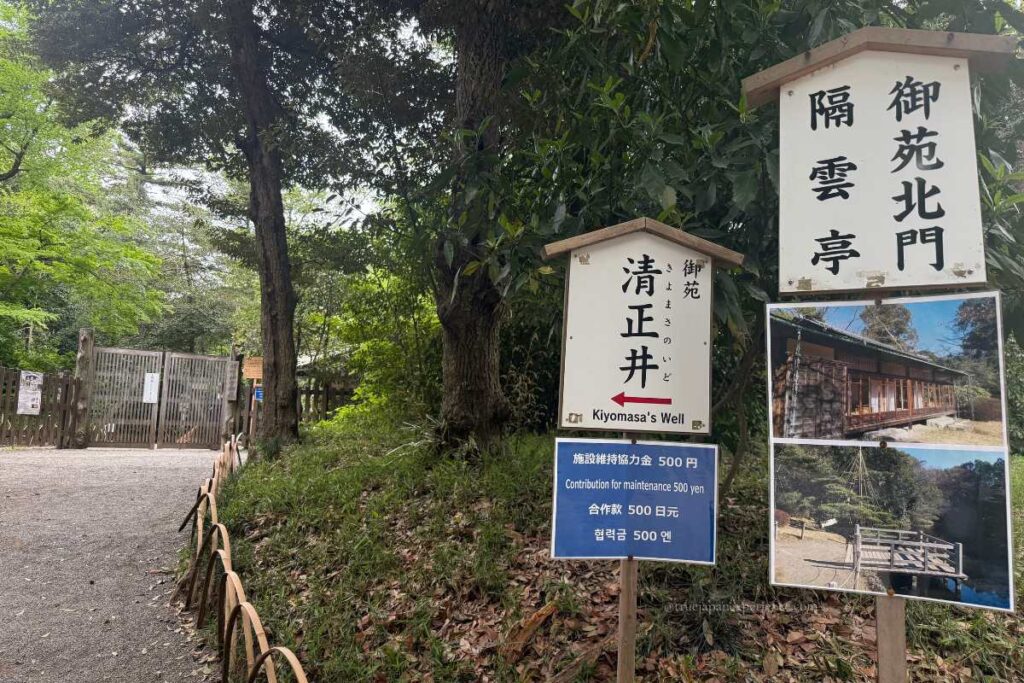
Entrance sign pointing to Kiyomasa’s Well and the Iris Garden.
・Kiyomasa’s Well (Kiyomasa no Ido)
Hidden inside the Inner Garden, this old well is believed to have been dug by the famous samurai Kato Kiyomasa.
It is considered a power spot where people feel spiritually cleansed and energized.
・Sake and Wine Barrels
Along the southern approach, you’ll find rows of decorative barrels. The sake barrels are donated by breweries from across Japan, while the wine barrels come from French vintners.
This fusion of East and West is a favorite photo spot for visitors.
・The Inner Garden (Meiji Jingu Gyoen)
Originally part of the Imperial property, this garden offers quiet walking paths, seasonal flowers, and a pond. In June, the iris garden is in full bloom with over 150 varieties—perfect for a peaceful break from sightseeing.
・Treasure Museum (Homotsuden)
Located near the northern entrance, this museum houses personal belongings of Emperor Meiji and Empress Shoken. The building itself, designed by famed architect Chuta Ito, is also worth admiring.
These highlights reflect the multiple layers of Meiji Jingu—sacred ritual, historical memory, natural beauty, and visual inspiration. Take your time and explore at your own pace.
Instagrammable Moments
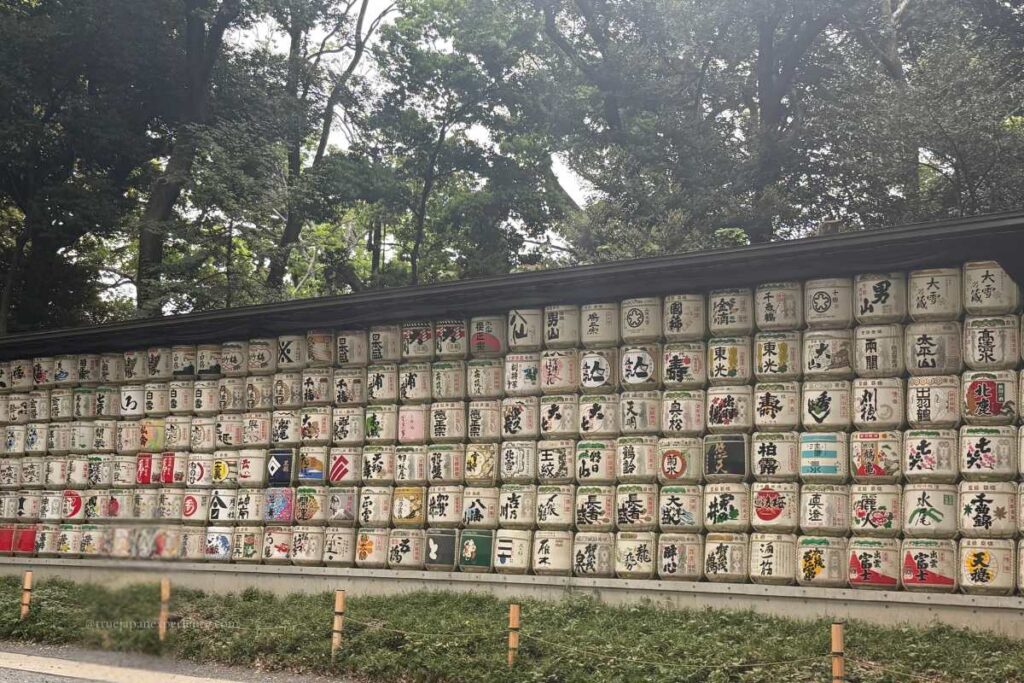
Rows of vividly decorated sake barrels donated by breweries across Japan.
Many of the highlights mentioned above also double as popular photo spots. Social media users from around the world share their favorite shots from Meiji Jingu, often capturing:
・The peaceful walk along the wide pebble path, framed by towering trees
・Sunlight streaming through the forest canopy, creating a magical glow
・The elegant architecture of the main shrine, especially under blue skies
・The vibrant rows of sake and wine barrels, a striking mix of tradition and color
・Charming details like heart-shaped metal fittings or seasonal omamori (amulets)
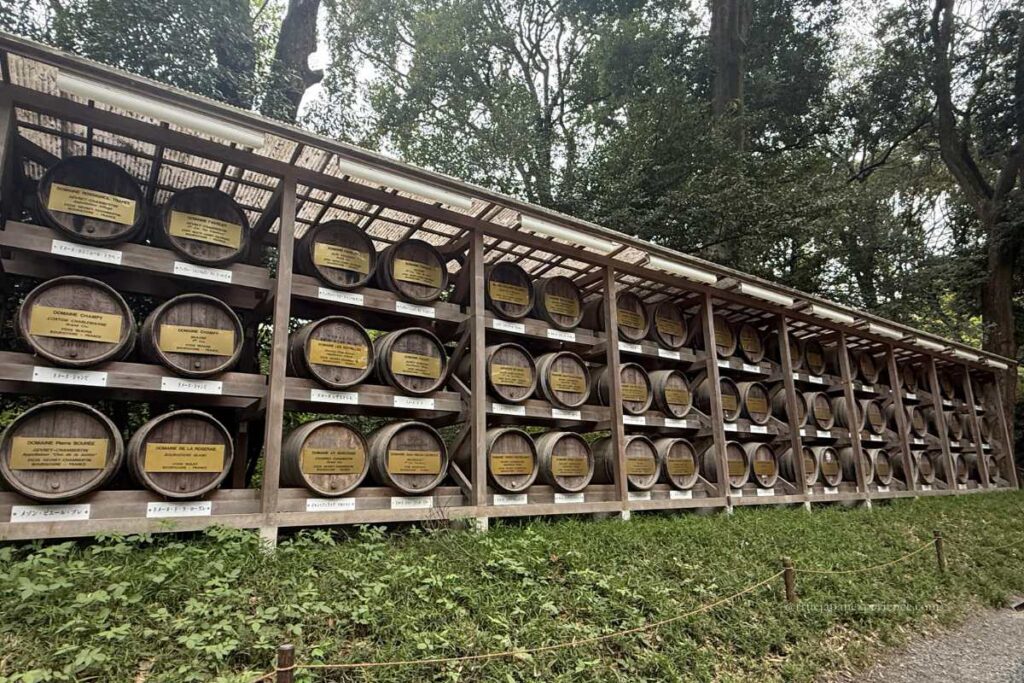
Wine barrels from France, representing Meiji Japan’s international outlook.
These picturesque scenes offer not just beautiful memories, but also a deeper appreciation of Japan’s spiritual and natural aesthetics.
Seasonal Beauty All Year Round
One of the most captivating features of Meiji Jingu Shrine is how its atmosphere changes dramatically with the seasons. Each time of year brings its own colors, scents, and feelings, making every visit a unique experience.
Whether you enjoy spring blossoms, summer shade, autumn leaves, or winter calm, Meiji Jingu invites you to reconnect with nature and feel the quiet rhythm of the seasons in the heart of Tokyo.
Spring (March–May)
・Cherry blossoms bloom in late March to early April
・The forest comes alive with fresh green leaves
Summer (June–August)
・Thick foliage provides cool shade
・Iris flowers in the Inner Garden peak around mid-June
Autumn (September–November)
・Golden ginkgo and red maple leaves fill the grounds
・Best time for quiet walks and colorful photos
Winter (December–February)
・Crisp air and peaceful silence
・A popular spot for hatsumode, the New Year’s first shrine visit
No matter the season, Meiji Jingu offers a beautiful and calming retreat.
Many visitors return throughout the year just to witness the changing scenery—from the vibrant new life of spring to the reflective stillness of winter.
Shrine Information
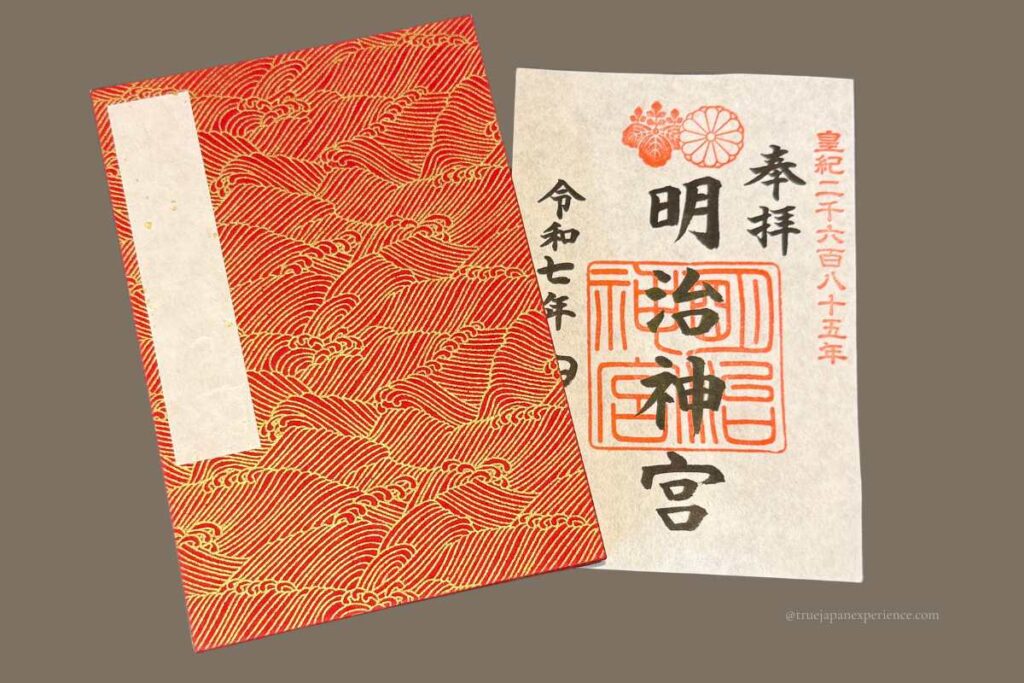
A sample of the goshuin (shrine stamp) and the protective cover envelope.
Please note, however, that goshuin (shrine stamps that record your visit, often with beautiful calligraphy and red seals) are written directly into your stamp book only after 9:00 AM.
If you arrive before that time, you can still receive a pre-written stamp on a separate piece of paper, which you can later paste into your goshuincho at home.
If you’re new to Goshuin or want to learn more about their meaning, etiquette, and how to collect them respectfully, check out our complete guide here:
👉 Goshuin in Japan: A Complete Guide to Meaning, Manners, and How to Collect Them
How to Get to Meiji Jingu Shrine

Map of the shrine grounds showing all major areas and entrances.
Getting to Meiji Jingu is easy and convenient, thanks to its central Tokyo location and multiple train lines.
It has three main entrances, each easily accessible by train:
It takes about 10 minutes to walk from any entrance to the main shrine area.
Opening Hours
The shrine opens and closes with the sunrise and sunset, so times change monthly.
Here’s a simplified guide:
・Open: Around 5:00 to 6:40 AM
・Close: Around 4:00 to 6:30 PM
※ Exact times vary by month. Check the official website for the current schedule.
Making a Wish the Traditional Way
At Meiji Jingu, you can write your wishes on an ema (wooden prayer plaque) and hang it under a sacred tree near the main shrine. Many plaques feature wishes written in various languages from around the world.
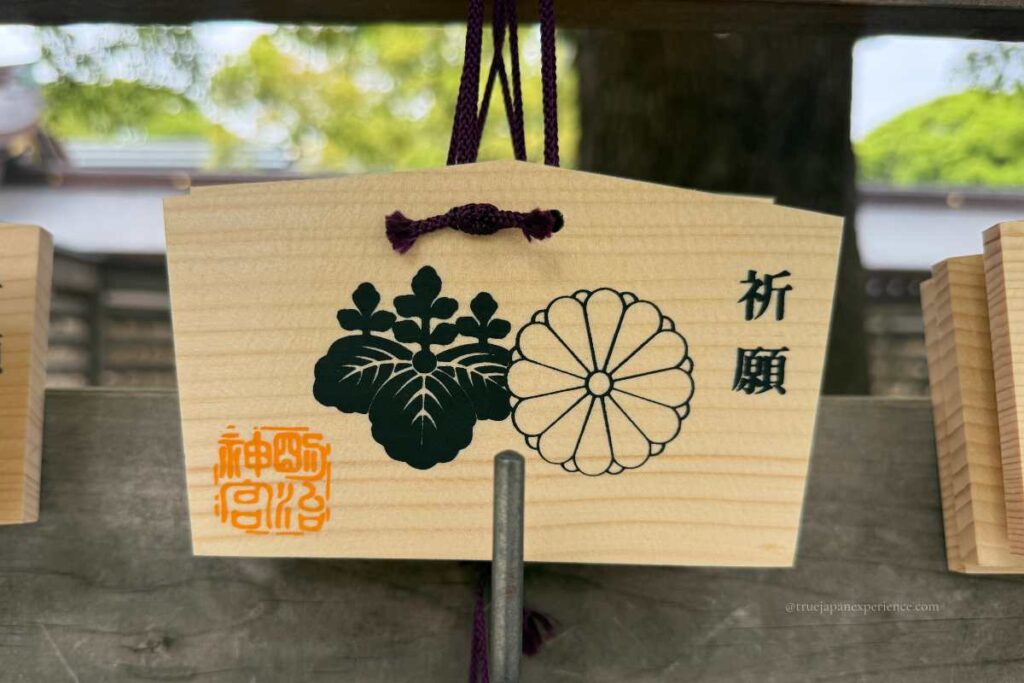
Ema (wooden prayer plaques) with imperial symbols, where visitors write their wishes.
Tips for a Respectful Visit
Meiji Jingu is not just a popular sightseeing spot—it is a sacred place of worship. Showing respect to the shrine, the natural environment, and other visitors is an important part of the experience.
To help preserve the peaceful atmosphere and protect the forest, please keep the following tips in mind during your visit:
・Dress modestly, if possible: While there’s no strict dress code, Meiji Jingu is a sacred place of worship. Visitors are encouraged to avoid overly revealing outfits out of respect for the shrine’s spiritual atmosphere.
・Stay on the paths: The forest is carefully protected. Please do not enter areas off-limits to the public or walk into the undergrowth.
・No running or sports: Meiji Jingu is not a park. Jogging, ball games, and drone flying are not permitted.
・Avoid professional photo shoots: Photography for commercial use requires prior permission. Casual photos are fine, but please be considerate.
・Do not take natural items: Removing plants, stones, or even fallen leaves is not allowed. The forest is a sacred gift, not a souvenir shop.
・Smoke and eat only in designated areas: To keep the grounds clean and pleasant for everyone.
・Watch out for insects: Especially in summer, wear long sleeves and consider insect repellent. The forest is home to many creatures.
By following these simple guidelines, you’ll not only help preserve Meiji Jingu’s sacred atmosphere but also deepen your own connection to the space. A quiet, respectful visit can become a truly memorable part of your journey in Japan.
Plan your visit to Meiji Jingu and discover Tokyo’s most tranquil spiritual haven.
For more shrine experiences across Japan, explore our other articles on [True Japan Experience].
